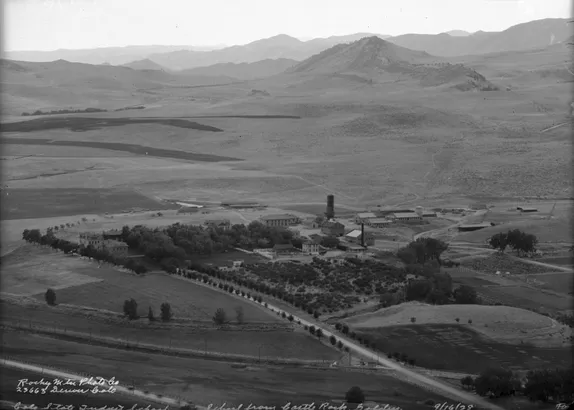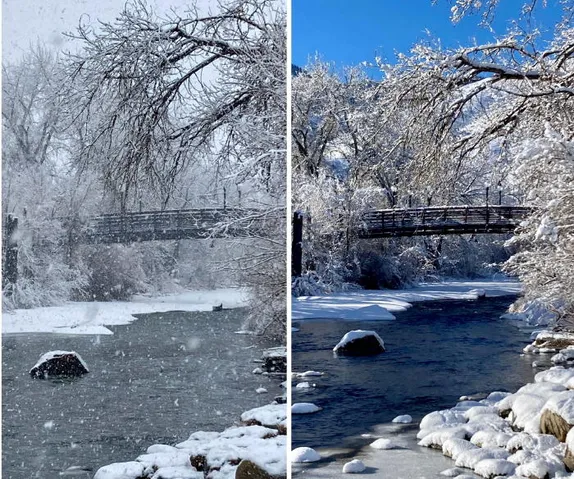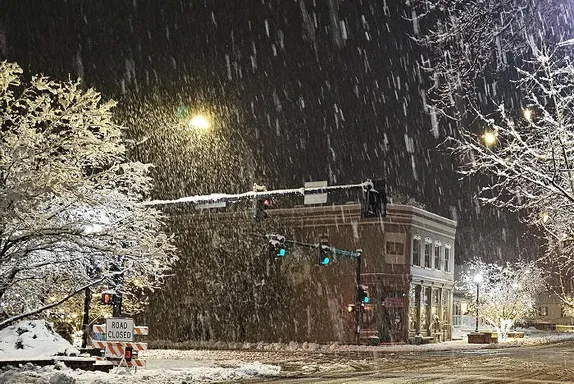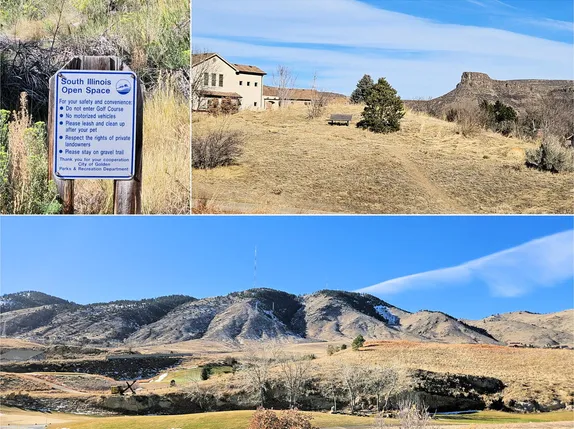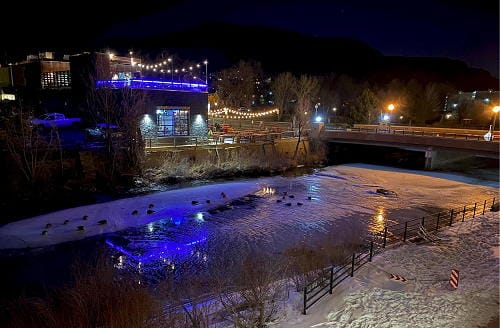
Virtual Events
6-6:55AM Cardio Lift Interval
8-8:55AM Tai Chi
8:30-9:30AM Virtual Power Training
10-10:55AM All Levels Yoga Virtual
10:15-10:45AM Preschool Time @ Golden Library
11-11:55AM Find Your Balance
3-5PM Hard Times Writing Workshop
5-6PM Bell Middle School PTA Meeting
6-7:30PM Book and Media Group (BAM) – Golden Anti-Racism Collective
Real World Events
9AM Golden Walks – Wednesday Morning Celebrating Life @ Golden Library
9:15-9:45AM Toddler Time @ Golden Library – WAITLIST
4-4:50PM Ski Conditioning Class @ Golden Mill
4-5PM Dramatic Sound Effects that Rock – FULL
5:30PM Golden High School PTA Meeting @ Golden High School
6-7:30PM Great Decisions: Changing Demographics @ Golden Library
6PM Pong Night @ Coda Brewing
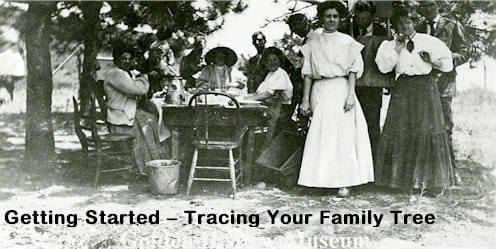
6-7:30PM Getting Started – Tracing Your Family Tree @ Golden History Museum
7PM West Denver Chapter Trout Unlimited Monthly Program @ American Mountaineering Center
Live Music
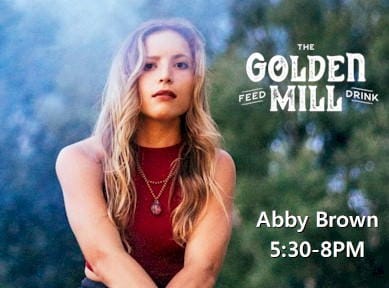
5:30PM Abby Brown @ Golden Mill
6PM Live Music @ Miners Saloon
6:30PM Open Jam/Mic at Over Yonder Brewing
Golden History Moment:
Heart and Soul of Golden
In celebration of Heart and Soul of Golden month, I will be publishing the histories of Golden Cultural Alliance institutions. The oldest cultural institution in town is the museum at the School of Mines.
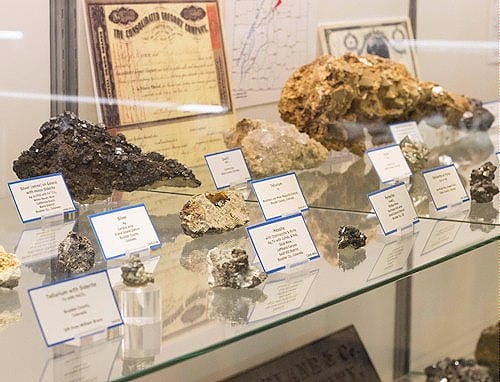
The Mines Museum of Earth Science began as a teaching tool for the school’s mining and geology students. From its beginning in the 1870s, the school maintained an extensive collection of mineral and fossil specimens so students could practice identifying and evaluating the rocks they would later encounter in the field.
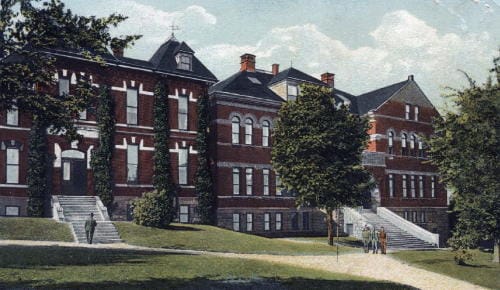
J. Harlan Johnson, the museum’s curator in the 1940s, ’50s, and ’60s, recounted the museum’s history in the December 11, 1956 issue of The Oredigger. He credited Arthur Lakes with collecting and documenting the school’s original collection. Lakes was keenly interested in paleontology and collected many fossils on the school’s behalf. Lakes was followed by a Professor Patton, who was not interested in fossils. Johnson said that Patton “threw out much of material that had been collected by Lakes and started a collection of minerals.” Patton “brought in specimens by the wagonload, using the specimens not merely for classroom purposes, but to build up a museum.”
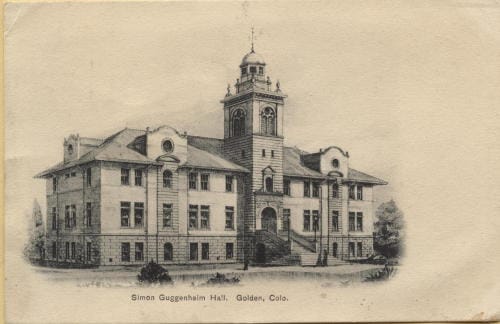
The museum’s first home was a room on the ground floor of the old chemistry building. When Guggenheim Hall was built in 1904, the Geology Department and its museum moved there. The museum originally had its own room in Guggenheim, but by the 1920s, the growing Geology Department moved the display cases into the basement hallways. There they remained until Berthoud Hall was built in 1938.
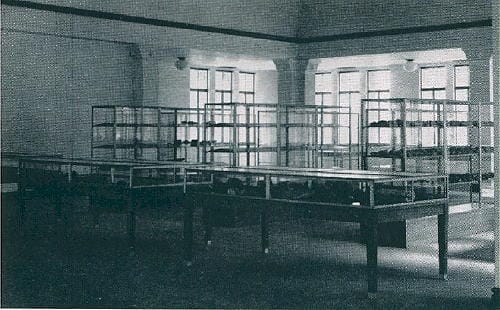
Even in Berthoud, the museum had to fight for space. The first floor and basement of the west wing were originally designated for the museum, but during World War II, the basement was claimed as storage for other departments. It took more than a decade for the museum to recover its basement display area.
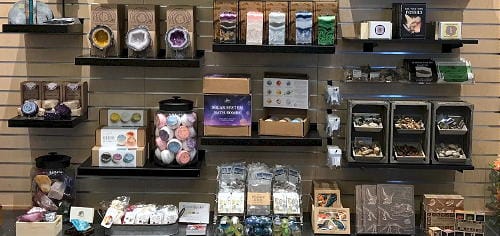
The museum moved to its current glamorous digs at 1310 Maple Street (map) in 2003. Displays now include more than 15,000 square feet of rocks, gems, minerals, and fossils from all over the world–and beyond (they have moon rocks!). Their “cave” on the lower level showcases phosphorescent minerals.

